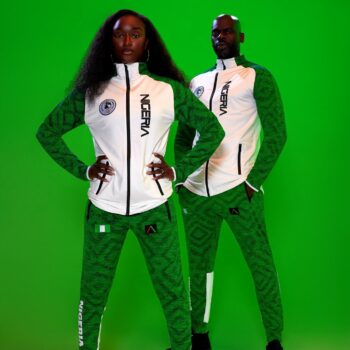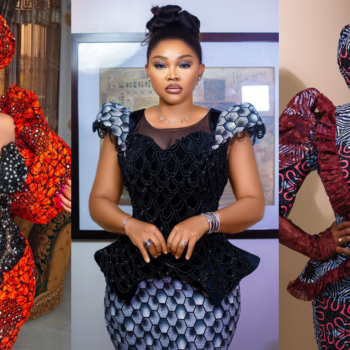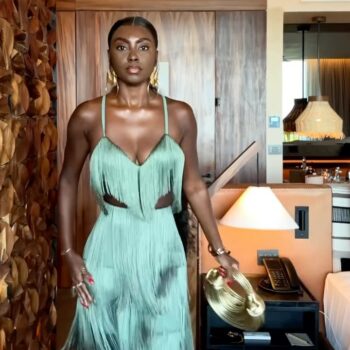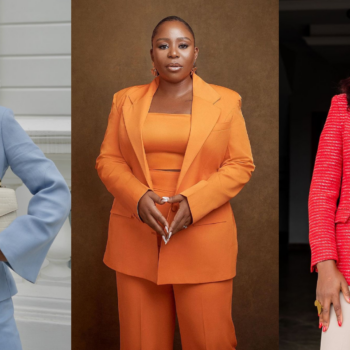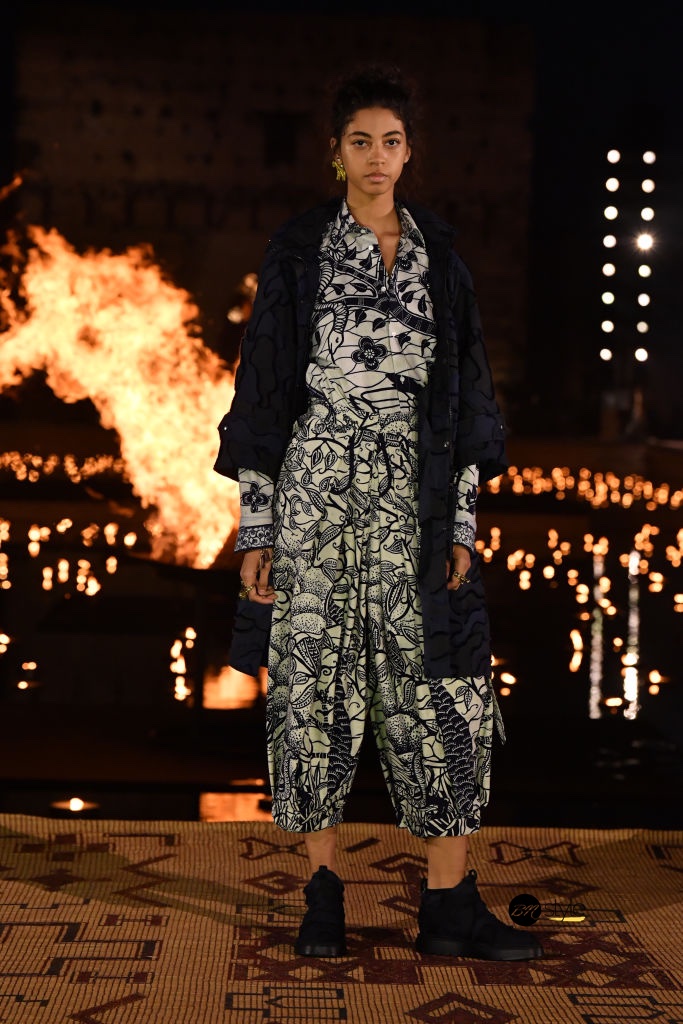
Recently, French luxury powerhouse Dior revealed their 2020 cruise collection in a mega-production to a star-studded audience. The 2020 cruise collection, titled Common Ground, despite it’s attempt to come off as cultural appreciation rather than cultural appropriation did not tick all the boxes required and no sooner has it been revealed did it come under fire and criticism by many African designers, editors and industry insiders. All pointing out to Dior and the non-African journalists who were already giving Dior a cookie that this, as the kids say, was not it.
The ongoing well-deserved ire and criticism Dior is facing is one we think many people do not quite understand and to illustrate all the ways Dior failed to accurately hit the nail on the, we are taking it upon ourselves to highlight all the reasons it is getting the reaction it is.
Like BellaNaija Style‘s Editor-At-Large Isoken Ogiemwonyi pointed out, one of the first things wrong about all of this is how upon second glance all one can see is the tokenism of it all especially in how the star-studded audience lacked any notable African talent with the exception of Lupita Nyong’o and how despite all the political correctness Dior seems to simply be a part of a crowd of people scrambling for Africa.
These however aren’t just the problems with the Dior 2020 cruise as Luxury Connect Africa, an African luxury business resource ad platform which has particularly vocal on this issue, noted the absurdity of using wax print which is one of the most visible symbols of colonialism to represent African fashion. This in particular leaves you wondering – was Dior aware of this history and choose to go on ahead regardless or were they ignorant of this history?
The criticism of this went on to varying media platforms like Pulse NG where their lifestyle editor Ntianu Obiora pointed out how interesting it is that Dior made a collection to ‘appreciate’ the African culture yet commissioned a non-African company – Uniwax– to create fabric for the collection and a non-African woman – Anne Grosfilley – to consult for the show while centering the narrative that they were working with African artisans in an attempt to be politically correct and get a pass. Maybe if they had a consulted an African native they would have understood the absurdity with using wax print to represent African fashion?
However, to write African people out of the very narrative they created is erasure and a form of racism. If Dior wants to reference our culture, they should have consulted us. Instead, they chose to work with people whose very existence is threatens our own fashion and textiles eco-system.
Ntianu Obiora, Lifestyle Editor at Pulse NG said on the Dior’s 2020 Cruise debacle.
Despite the reasons given by Dior’s creative director Maria Grazia Churi to Adesuwa Aighewi, it is obvious that this attempt by Dior did not go down well with the Africans meant to be represented and one has to ask – when will international fashion brands get it right?

